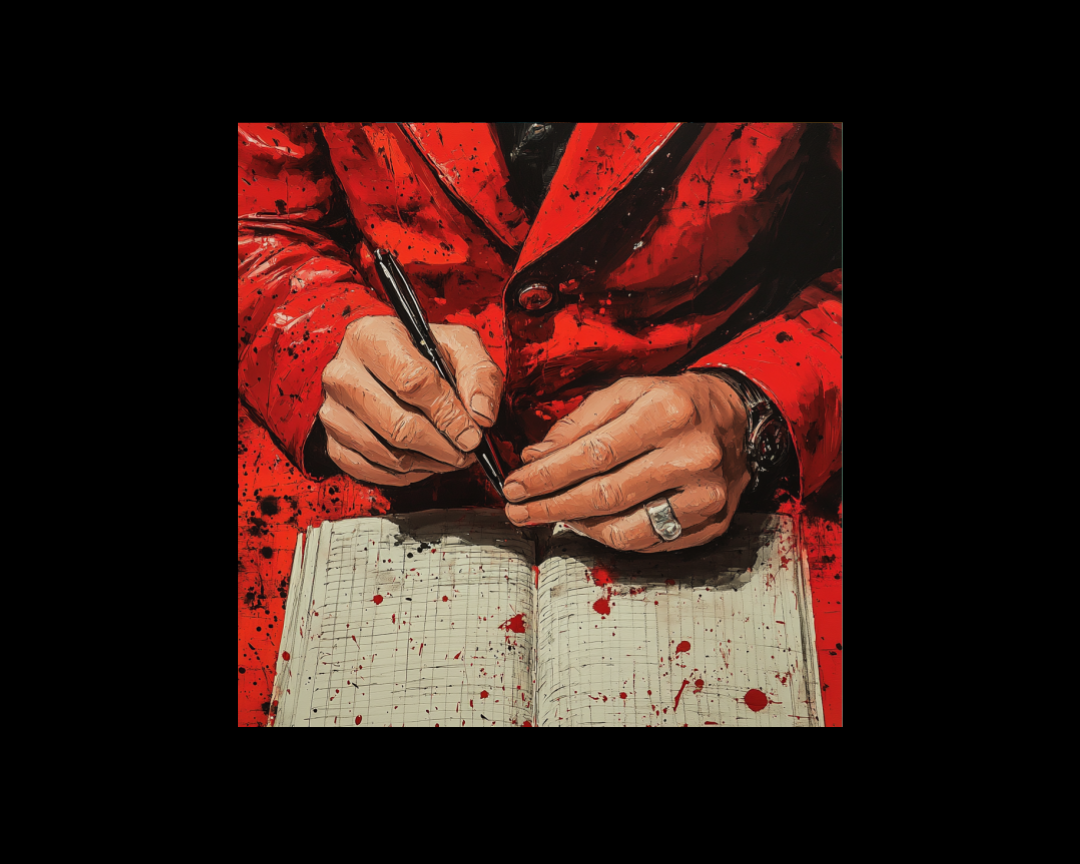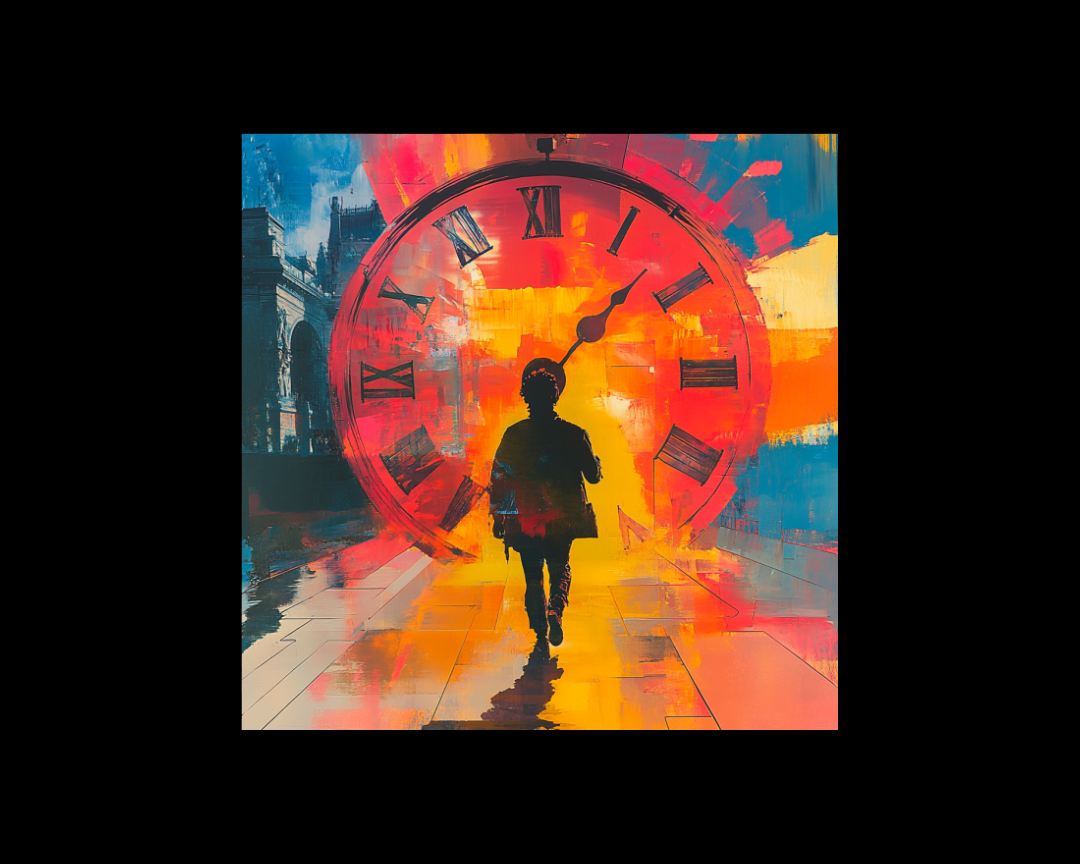4 min read
Intrigued and Paying Attention: How to Write Characters' Body Language
When it comes to storytelling, showing is often more powerful than telling. One of the best ways to convey your characters’ emotions, thoughts,...
5 min read
 Writing Team
:
May 19, 2025 3:58:48 PM
Writing Team
:
May 19, 2025 3:58:48 PM

So you're writing a novel and you want to create compelling and believable characters. We've got just the thing! Here are three original and fun character development exercises that will transform how you approach character creation.
We've all been there. You love the sound of a novel's premise, settle in for what you think will be a gripping read, but after a couple of chapters you put the book down with a feeling of... Meh.
The novel is delivering on its epic/chilling/mystical promise and the writing is good. But there's one thing you can't get past: the characters are simply not believable.
Maybe they're too passive, a watcher of events rather than an instigator. Maybe they're so underdeveloped they feel more like cardboard cut-outs than fully dimensional people.
Having worked with many writers who struggle to create well-rounded characters that pop off the page, we've found that the three exercises below can help anyone get into each character's head, understand their personality traits, and make them believable on the page.
And remember, character development isn't just for your main character—secondary characters should be fully formed too, especially in the ways they interact with one another and contribute to the story and the main character's arc.
Many experienced writers begin their character development by people-watching. They sit in public spaces—park benches, coffee shops, town squares—watching people walk by and noting down the most interesting details about them. Even if they only see a person for a few seconds, they can always observe something distinctive—how quickly they're walking, how they're dressed, their body language.
A person strolling by in a tailored suit and a briefcase with perfect posture tells you something very different about their character than a person in the same tailored suit dashing by with a dozen papers in their hands, head down and shoulders hunched forward as they bump clumsily into people along the way.
To help you see your characters with the same fresh eyes, as though they'd just walked by, try the following exercise.
Imagine your character is standing at a bar. They accidentally knock a glass over so it tumbles to the ground and smashes into pieces.
How do they react? Do they glance over their shoulder and get back to what they were doing? Do they hurriedly pick up the pieces, cutting their fingers in the process? Do they shout at someone for brushing past them, accusing them of making them break the glass?
Write down what happens as though it is a short scene, but only use observations. Initially, character development exercises can (and should!) deal with the surface level. When people-watching, you rely solely on body language, physical appearance, actions and occasionally speech—so keep this in mind, making sure not to use any internal thoughts or feelings.
What have you learned about your character from their reaction? How would they react if what was at risk was bigger than a broken glass?
Not only is this a good exercise in understanding your character better but, as a bonus, it's also a great exercise in 'show don't tell.' You'll end up with great characters and a more engaging writing style!
If you've been to a creative writing class that involves creating characters, you've probably been asked to write a list of biographical details about your protagonist. For example, their place of birth, family members, hair color. Sometimes these exercises get extremely specific—like asking for your character's door number.
Now, this might seem like a good approach with solid, factual details about your character. But these kinds of exercises can leave a writer with a laundry list of facts that doesn't help them get under the skin of their characters and dive deeper in the way a writer needs to. Strong characters need more than a fact file.
Fortunately, the following 10-minute exercise can save you from writing endless lists. It gets straight to the heart of who your characters are.
This one is fun, speedy and simple! Just put 10 minutes on a timer and write about the items in your protagonist's bedroom, particularly focusing on the unusual.
This exercise gives an insight into the intimate life of your protagonist that they wouldn't necessarily show to the rest of the world. A desk in itself is not particularly telling, but a desk with a broken leg propped up by CDs gives away your character's interests, personality, and in this case, perhaps even their age.
There may be moth holes in the curtains, cat posters on the wall or an immaculate display of dolls kept in their original boxes.
And if there's little to nothing in your character's room, this can tell us something too. An open suitcase with only a few items, a mattress on the floor with no bedframe, bare walls and windowsills, are all signs of what your character's life is really like.
Once you've done this with your protagonist, try it out with other characters. Seeing the differences between the main players' bedrooms could be incredibly revealing and also highlight the conflicts and dynamics between characters in your novel.
You've observed your character from a distance and you've snooped in their bedrooms; now it's time to get up close and personal.
There have been times when writers can't connect with one character in their story. In those moments, it's helpful to ask them questions. Not about their hair color or what their door number is, but the deep questions you would probably not even ask your closest friends. Questions you would probably not even ask yourself.
Put a timer on for 10 minutes and answer these questions for one of your characters.
The timer is important because you don't want to ponder over the answers for too long, but to write them intuitively.
You may not think you know your characters very well, but it's amazing what the subconscious reveals when you have the pressure of a timer.
Got your writing equipment ready? Let's go.
When you've finished answering these questions, let those answers sink in and think about how they might affect your novel. You might have new information about your characters that will shape their motivations and how they behave.
Out of all these questions, what your character fears can be the most revealing.
There's often a misconception that you need likable characters in a novel for your readers to invest in them. But many successful novels feature characters, including main characters, who are distinctly unlikable—and in most cases, this is deliberate.
What is more important than likability is believability. If you create a character that has nuance and layers, who is driven by their fears and obsessions just like real people, then readers will be far more invested in them than if they are picture-perfect cut-outs of what we think a hero looks like.
The key is creating characters who feel authentic, who have contradictions and complexities, just like real humans do. When readers recognize the humanity in your characters—even flawed, difficult, or morally ambiguous characters—they become invested in their journeys.
These three exercises work together to give you a multi-dimensional view of your characters:
By combining these perspectives, you'll develop characters who act consistently according to who they are, rather than who you need them to be for your plot.
If you really want believable characters, observe, snoop and get deep into their psyche because, once you've connected with your characters, your readers will too.
Need help developing your fictional characters further? Our team of professional writers and editors can provide personalized feedback on your character development and help you create truly memorable characters that drive your story.

4 min read
When it comes to storytelling, showing is often more powerful than telling. One of the best ways to convey your characters’ emotions, thoughts,...

"Fashion is a language that creates itself in clothes to interpret reality," says legendary fashion designer Karl Lagerfeld. And as writers, we can...

In the vast landscape of literary techniques, monologue fiction stands out as a unique and powerful form of storytelling. This article explores the...